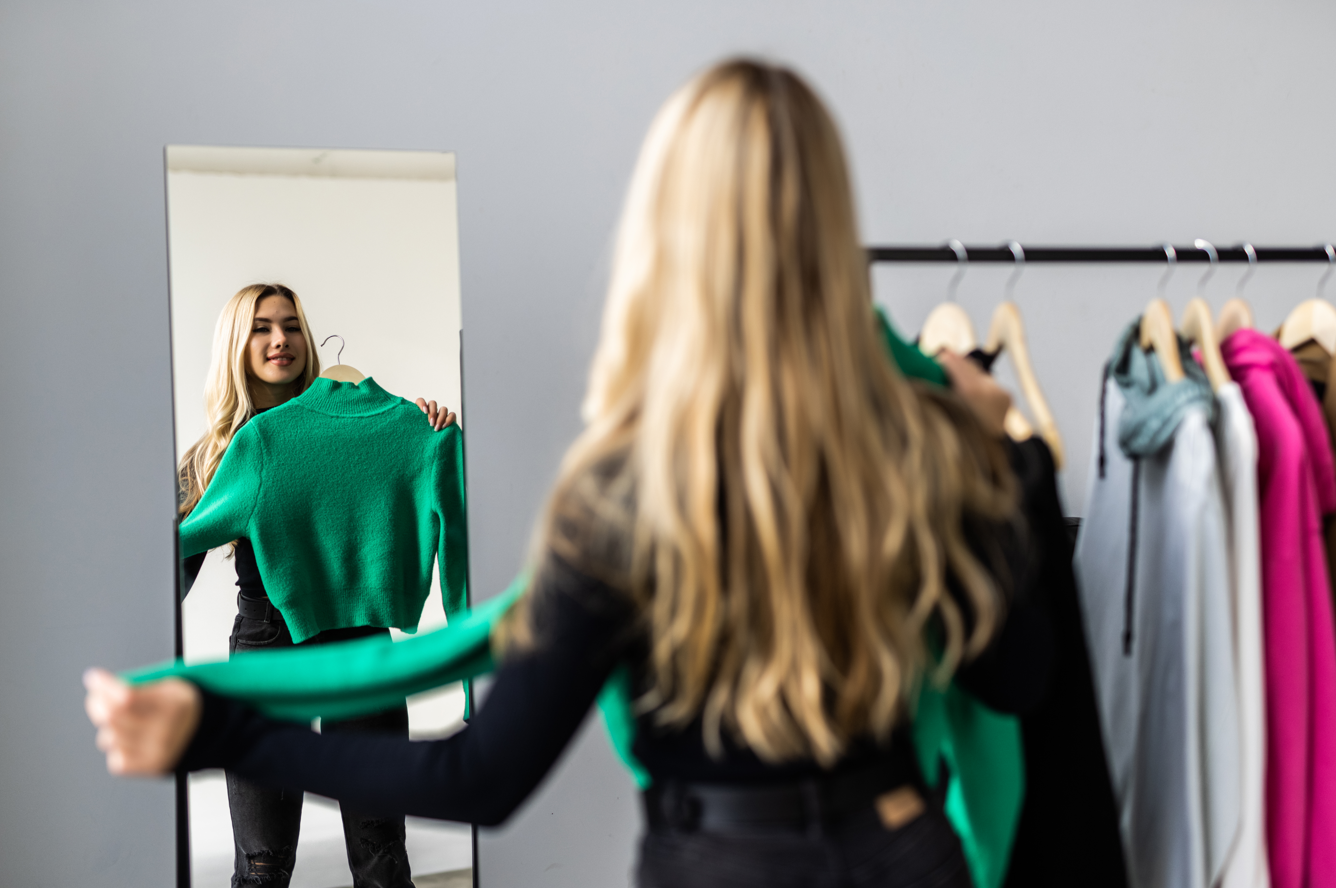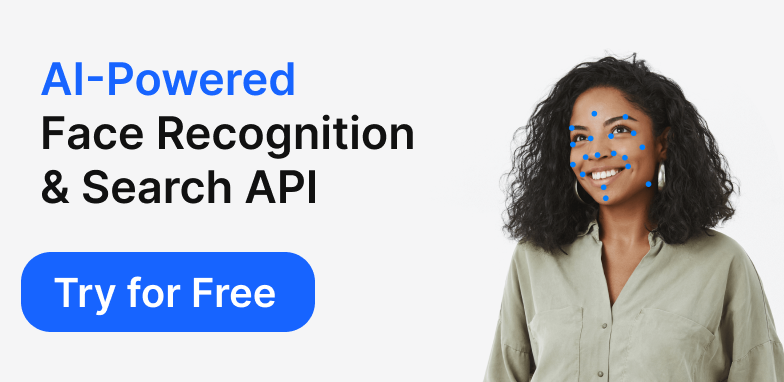
Virtual Try-On Fashion: Transforms the Shopping Experience with Face Recognition Technology

The way we shop for fashion is evolving—and fast. As more people turn to online shopping, brands are looking for innovative ways to recreate the in-store experience from the comfort of home. Enter virtual try-on technology: a digital solution that lets shoppers see how clothes, accessories, or makeup will look on them in real time, without ever stepping into a fitting room.
But the real game-changer? Face recognition technology. By adding intelligent facial mapping to virtual try-on tools, brands can deliver a far more accurate, personalized, and engaging experience. No more guesswork about how those sunglasses will fit your face shape or whether a lipstick shade complements your skin tone. With face recognition, digital try-ons become smart, responsive, and truly customer-centric.
In this post, we’ll explore what virtual try-on technology is, how face recognition enhances it, and why this combination is transforming the future of fashion retail—for both shoppers and brands alike.
What Is Virtual Try-On Technology?
Virtual try-on technology is a cutting-edge solution that allows users to preview how clothing, accessories, or makeup products will look on them—without physically putting them on. Using augmented reality (AR), computer vision, and AI-powered imaging, this technology creates realistic simulations of how a product would appear when worn.
At its core, virtual try-on works by mapping the user’s face or body using a camera—usually from a smartphone or computer. It then overlays digital versions of items like glasses, lipstick, hats, or even full outfits, in real time. This seamless blend of the physical and digital world creates an interactive shopping experience that’s both engaging and informative.
For shoppers, this means fewer doubts when making purchasing decisions. They can experiment with different styles, sizes, and colors—anytime and anywhere. For brands, it opens a new channel to showcase their products in a personalized and immersive way, helping reduce returns and increase customer satisfaction.
In short, virtual try-on is redefining how we explore and choose fashion, making the online shopping experience more convenient, fun, and tailored to individual preferences.
How Face Recognition Technology Can Be Useful for Virtual Try-On
Face recognition technology adds a powerful layer of precision and personalization to virtual try-on experiences. While traditional AR-based try-on tools can overlay products on a user’s face or body, face recognition ensures that those overlays are aligned more accurately, adapt naturally to movement, and reflect the user’s unique features.
By analyzing key facial landmarks—such as the eyes, nose, cheekbones, and jawline—face recognition helps create a digital map of the user’s face. This allows virtual items like glasses, makeup, earrings, or hats to fit and adjust in real time, just as they would in front of a mirror. The result is a try-on experience that feels intuitive and realistic, building confidence in the shopper’s choices.
Beyond accurate fitting, face recognition also opens the door to smart personalization. For example, the technology can identify face shapes and suggest styles or shades that best match the individual’s features. It can even help retailers gather insights into customer preferences (with proper consent), enabling more targeted product recommendations.
How to Choose and Implement Face Recognition Technology for Virtual Try-On
Integrating face recognition into a virtual try-on system can significantly enhance its accuracy and user experience—but choosing the right solution and implementing it effectively requires careful planning.
Identify Your Use Case and Goals
Start by defining what you want to achieve. Are you helping users try on glasses, makeup, headwear, or full facial accessories? Each product type requires different levels of facial tracking precision. Clear objectives will help you narrow down the most suitable technologies.
Look for Key Features
When evaluating face recognition solutions, prioritize these features:
Real-time performance. Smooth tracking without lag is essential for a seamless user experience.
High facial landmark accuracy. The technology should detect multiple facial points (eyes, nose, lips, jawline) with precision.
Device compatibility. Ensure the solution works across smartphones, tablets, and desktops.
Privacy and security compliance. Choose providers that follow GDPR, CCPA, or other applicable data protection standards.
Evaluate APIs and SDKs
Most modern face recognition systems come as APIs or SDKs. Review the documentation, integration process, and pricing model. Look for a provider that offers a flexible and developer-friendly environment. If your platform is web-based, prioritize cloud APIs. For apps, consider lightweight SDKs that run efficiently on mobile devices.
Test and Optimize
Before full rollout, conduct testing with different user types, lighting conditions, and device types. Pay attention to how well the system adapts to various face shapes and skin tones. Use this phase to fine-tune accuracy and performance.
User Experience Matters
The best technology won’t make an impact unless it’s easy and fun to use. Make the try-on process intuitive—ideally, a single click or scan should launch the experience. Add visual cues or animations to guide the user and enhance engagement.
How Luxand.cloud Face Recognition API Can Be Useful for Virtual Try-On Apps and Products
When building a virtual try-on experience, the quality of face tracking is what makes or breaks the illusion of “trying” a product on. That’s where the Luxand.cloud Face Recognition API shines. Designed for precision, speed, and ease of integration, this API provides developers and product teams with the essential tools to bring realistic, responsive virtual try-on features to life.
At its core, Luxand.cloud offers advanced facial landmark detection. It accurately identifies key points on the face—such as the eyes, nose, mouth, and jawline—which are crucial for properly aligning virtual glasses, makeup, masks, or other accessories. This means your app can dynamically adjust overlays in real time, even as users move or change expressions, ensuring a seamless and natural fit.
For fashion retailers and beauty brands, Luxand.cloud opens the door to more personalized, interactive experiences. With just a webcam or phone camera, users can explore different styles, colors, or product types—all rendered to match their unique facial features with impressive accuracy.
Another advantage is the ease of implementation. The API supports multiple programming languages and works across various platforms, making it ideal for both web and mobile apps. Whether you're a startup testing a new beauty tool or an enterprise launching an e-commerce experience, Luxand.cloud scales with your needs.
Importantly, Luxand places strong emphasis on performance and privacy. The API is fast, reliable, and built to handle high volumes without compromising user data security—essential for gaining customer trust in any application that captures facial imagery.
In short, if you're looking to build a virtual try-on product that feels smooth, realistic, and modern, Luxand.cloud provides a powerful foundation to bring that vision to reality.
Conclusion
Virtual try-on technology has already made a significant impact on how we shop for fashion, but the integration of face recognition takes the experience to an entirely new level. By combining advanced facial mapping with real-time visualization, brands can now offer customers a personalized, accurate, and interactive way to explore products—right from their screens.
This isn’t just about convenience; it’s about building trust, reducing returns, and creating memorable digital experiences that truly reflect each individual shopper. As the technology continues to evolve, we can expect virtual try-ons to become even more lifelike, responsive, and tailored.
For fashion brands and retailers, adopting face recognition-powered try-ons is no longer just a trend—it’s a strategic move toward the future of retail. And for customers, it means making smarter, more confident buying decisions, all while having a little more fun along the way.
